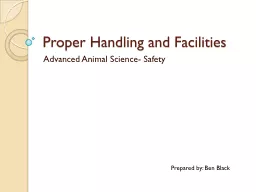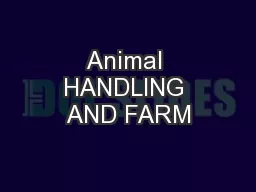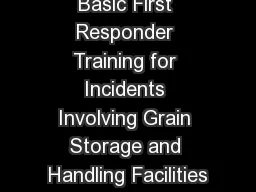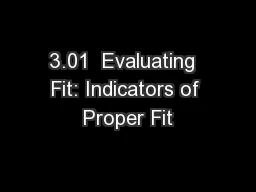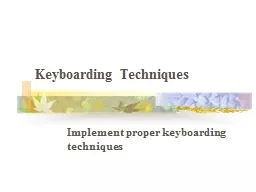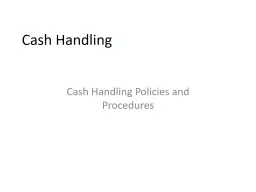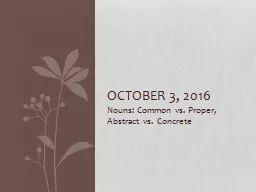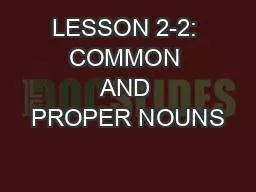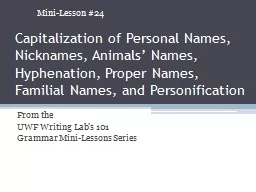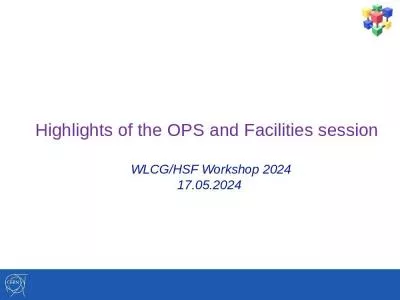PPT-Proper Handling and Facilities
Author : phoebe-click | Published Date : 2017-11-02
Advanced Animal Science Safety Prepared by Ben Black Review What is the difference between hazards and risks What are some reasons for childhood agriculture injuries
Presentation Embed Code
Download Presentation
Download Presentation The PPT/PDF document "Proper Handling and Facilities" is the property of its rightful owner. Permission is granted to download and print the materials on this website for personal, non-commercial use only, and to display it on your personal computer provided you do not modify the materials and that you retain all copyright notices contained in the materials. By downloading content from our website, you accept the terms of this agreement.
Proper Handling and Facilities: Transcript
Download Rules Of Document
"Proper Handling and Facilities"The content belongs to its owner. You may download and print it for personal use, without modification, and keep all copyright notices. By downloading, you agree to these terms.
Related Documents

